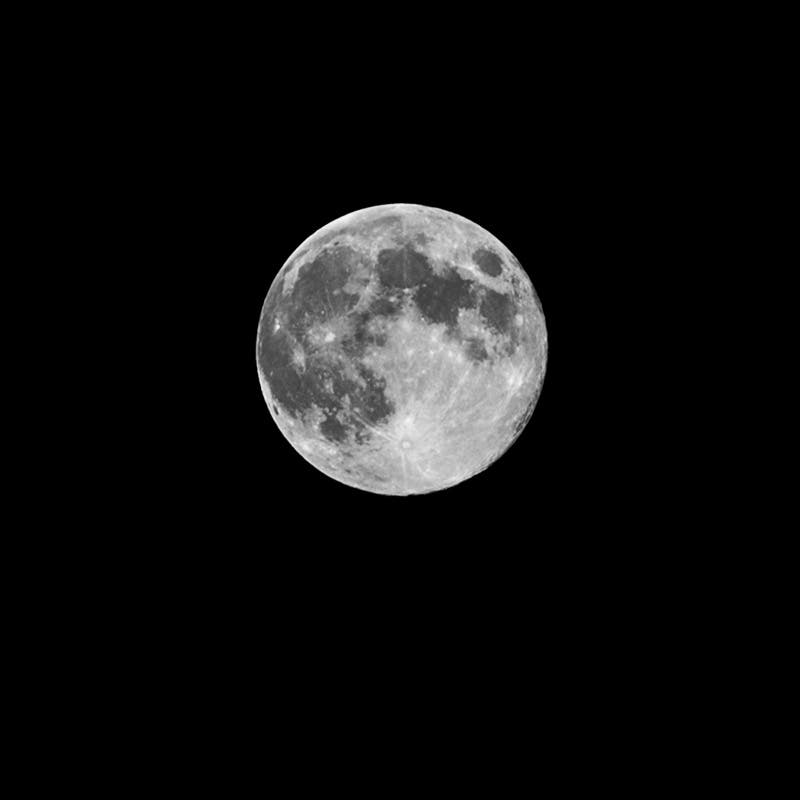If you do something “once in a blue moon”, that’s really rare – once every 2 or 3 years, to be more exact. There’s no exact pattern for blue moons, sometimes they grace us with their presence sooner, and sometimes it takes more time. It’s been about three years since we had the last one, and it will be another three before we have the next one: the blue moon comes on Friday.

First of all, sorry to burst your bubble, but a blue moon isn’t actually blue; in fact, aside for its rareness, there’s pretty much nothing special about it – the blue moon is just an additional full moon that appears in a subdivision of a year. Because the phases of the moon last just over 28 days, if a full moon happens very early in the month, there’s enough time for another one to happen in the same month. The timing is the rarity, not the way the moon looks. On Friday night, “it’s going to look like a typical full moon,” said Jayce Pearson, flight director for the Challenger Learning Center at the Discovery Museum Science and Space Center.
“According to modern folklore, whenever there are two full Moons in a calendar month, the second one is ‘blue,’” wrote NASA in a statement on Monday. “Most Blue Moons look pale gray and white, just like the Moon you’ve seen on any other night [since] squeezing a second full Moon into a calendar month doesn’t change its color.”
But if it’s not blue… then why do they call it blue? Well, the answer is pretty interesting. Etymologists believe the “blue” came to replace the no-longer-understood belewe, ‘to betray’. The original meaning would then have been “betrayer moon” – because people had to continue fasting for another month in accordance with the season of Lent. The first recorded use of the term comes from an anti-clerical pamphlet (attacking the Roman clergy, and cardinal Thomas Wolsey in particular) by two converted Greenwich friars, William Roy and Jerome Barlow, published in 1528.
If you want to enjoy this extra full moon, be sure to do so – as the next one won’t come until January 2018.
Was this helpful?



